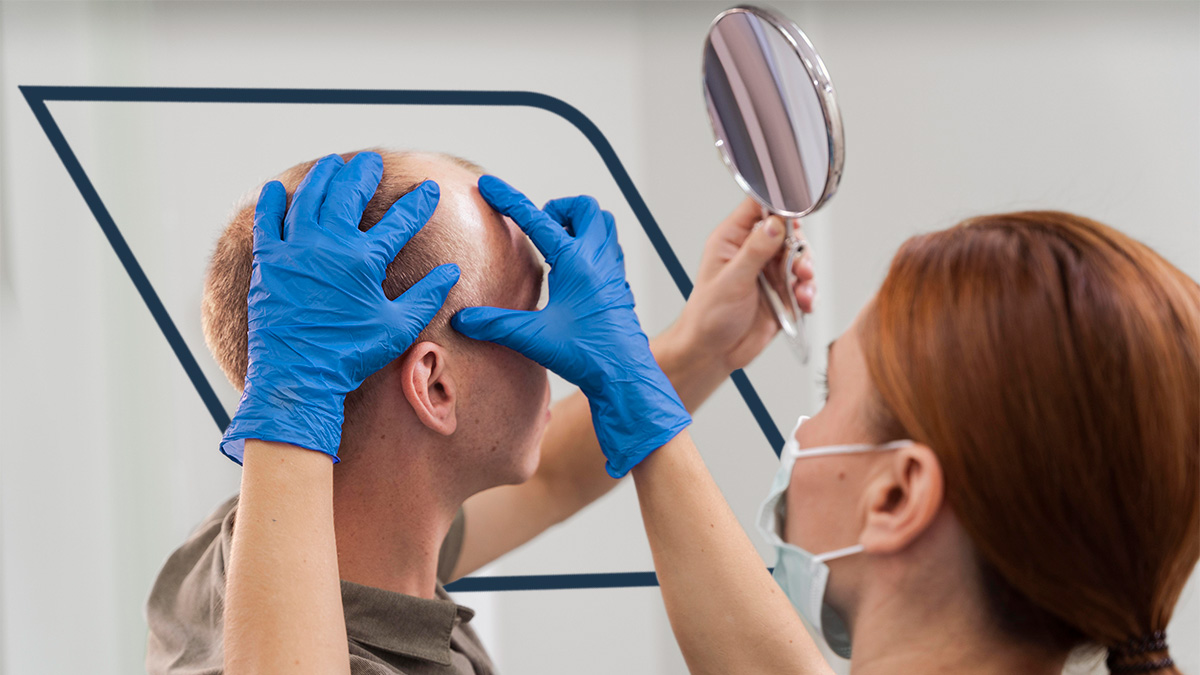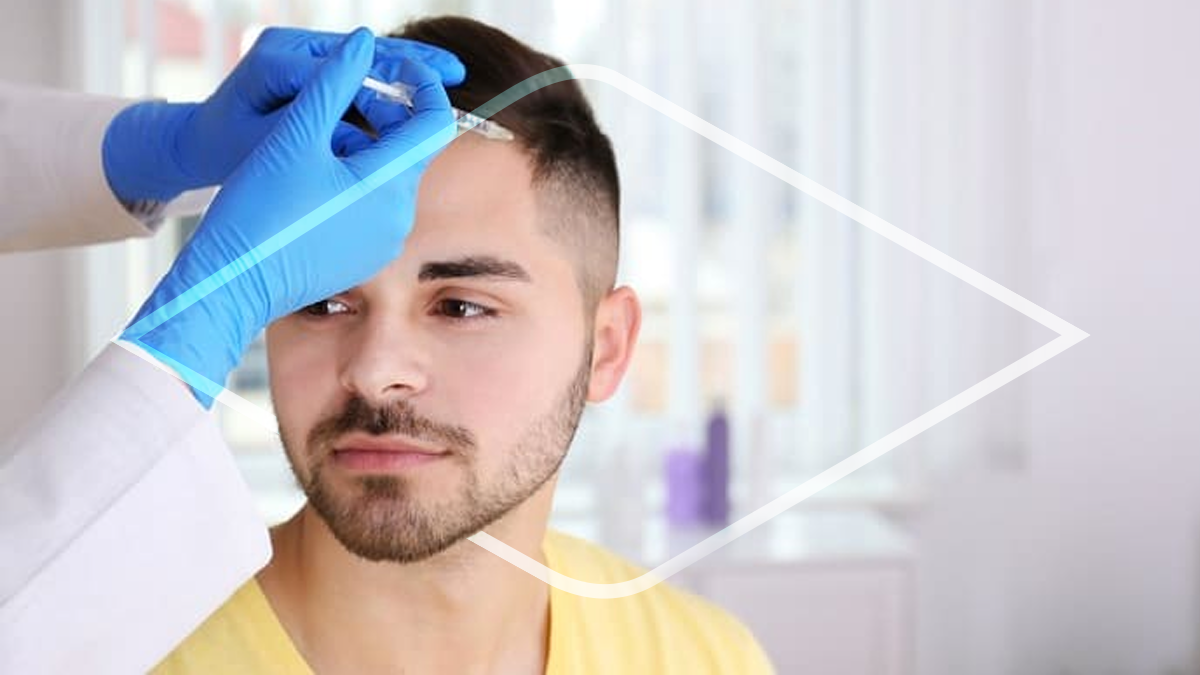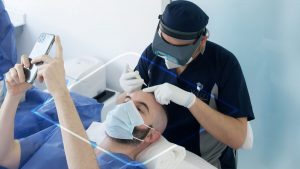Hair loss affects millions worldwide, prompting a growing demand for advanced restorative procedures. Hair Transplant World examines the global landscape, focusing on cutting-edge techniques, international clinics, regulatory frameworks, and patient experiences that define the current state of hair transplantation. The field has evolved from conventional methods to high-precision, minimally invasive procedures, integrating technological innovations and research-based approaches to enhance patient outcomes.
Global Market Overview
The hair transplant market is expanding rapidly, with a projected compound annual growth rate (CAGR) of 24% between 2023 and 2030. Several regions have emerged as leaders:
- Asia: India, Turkey, and South Korea have become hubs due to advanced techniques, affordability, and medical tourism infrastructure.
- Europe: Clinics in the UK, Germany, and Spain emphasize quality and innovation, serving both domestic and international patients.
- North America: The United States and Canada maintain high standards, with advanced robotic-assisted procedures and FUE/FUT expertise.
Medical tourism significantly contributes to the global expansion of hair transplant services. Patients increasingly seek cross-border solutions to access superior outcomes at lower costs, particularly in regions with established international accreditation.
Techniques Dominating the Hair Transplant World
The field of hair restoration has diversified, offering patients multiple options depending on their goals, hair type, and budget.
Follicular Unit Extraction (FUE)
FUE remains the cornerstone of Hair Transplant World procedures due to its minimally invasive nature:
- Individual follicles are extracted and transplanted to the recipient area.
- Reduced scarring compared to FUT.
- Suitable for patients requiring smaller graft numbers or those prioritizing faster recovery.
FUE has evolved with technological enhancements, including automated extraction devices and high-definition imaging to optimize graft selection and survival rates.
Follicular Unit Transplantation (FUT)
While less common globally, FUT remains relevant for patients requiring large-volume transplants:
- Involves excising a strip of scalp from the donor area.
- Follicles are meticulously dissected under microscopes before transplantation.
- Offers higher graft density for extensive baldness patterns.
Direct Hair Implantation (DHI)
DHI represents a refinement of FUE, enabling precise implantation of follicles without pre-made incisions:
- Enhances natural growth patterns by controlling angle and direction.
- Minimizes follicle handling, increasing survival.
- Widely adopted in Europe, the Middle East, and select North American clinics.
Robotic and AI-Assisted Transplants
Advanced robotics are reshaping the Hair Transplant World:
- Systems like ARTAS and NeoGraft automate extraction and implantation.
- Reduces human error and increases procedural efficiency.
- Especially beneficial for patients with complex hair loss or limited donor areas.
Turkey: The Global Leader in Medical Tourism
- Offers highly competitive prices and experienced surgeons.
- Clinics provide full-service packages including accommodation and transport.
- FUE and DHI are standard procedures, often combined with PRP therapy.
India: High-Volume Expertise
- Renowned for cost-effectiveness and advanced techniques.
- Surgeons trained internationally; clinics accredited by NABH.
- Popular among North American, European, and Middle Eastern patients.
South Korea: Innovation and Precision
- Integrates aesthetic principles with surgical precision.
- Emphasizes minimally invasive techniques and advanced robotic solutions.
- High patient satisfaction for both domestic and international clientele.
United States and Canada: Quality and Regulation
- High-cost procedures with stringent FDA oversight.
- Advanced robotic and minimally invasive FUE procedures are standard.
- Focus on natural hairline design and patient safety.
Preoperative Assessment and Planning
Successful outcomes in the Hair Transplant World rely on thorough preoperative assessment:
- Donor Area Evaluation: Assessing follicle density, scalp laxity, and hair quality.
- Medical History: Screening for conditions like alopecia areata, autoimmune disorders, or coagulopathies.
- Hairline Design Consultation: Customizing placement to match facial anatomy and aesthetic goals.
- Photographic Documentation: Establishing baseline images for progress tracking and postoperative comparison.
International clinics increasingly employ virtual consultations for initial assessments, enhancing accessibility and planning for overseas patients.
Recovery and Postoperative Care
Postoperative care is critical to maximizing success:
- Gentle washing and scalp hygiene are recommended within 48–72 hours.
- Avoidance of direct sunlight, heavy exercise, or scalp trauma for several weeks.
- Medication regimens may include minoxidil or finasteride to stabilize growth.
- Telemedicine follow-ups are common for international patients to monitor healing and address concerns.
Patients in the Hair Transplant World often benefit from standardized aftercare protocols that ensure graft survival and optimize cosmetic outcomes.
Cost Dynamics Across the Hair Transplant World
Costs vary significantly depending on location, technique, and clinic reputation:
| Region | FUE (1,500–2,500 grafts) | FUT (2,000–3,000 grafts) | DHI (1,500–2,000 grafts) |
|---|---|---|---|
| Turkey | $1,500–$4,000 | $1,200–$3,500 | $2,500–$5,000 |
| India | $1,500–$4,000 | $1,200–$3,500 | $2,500–$5,000 |
| South Korea | $3,000–$8,000 | $3,500–$9,000 | $4,500–$10,000 |
| USA/Canada | $6,000–$15,000 | $5,000–$12,000 | $8,000–$18,000 |
Financial accessibility combined with quality care is a major driver of international patient mobility.
Safety and Accreditation
Patient safety is a universal concern in the Hair Transplant World:
- Clinics adhere to strict infection control protocols, sterile environments, and internationally recognized accreditation.
- Surgeons maintain board certifications and undergo continuing education in hair restoration.
- Risk management includes thorough preoperative screening, precise surgical planning, and postoperative monitoring.
Medical Tourism and Cross-Border Considerations
Hair transplant procedures have become a major segment of global medical tourism:
- Turkey, India, and South Korea attract thousands annually.
- Patients from the United States, UK, and Middle East travel to access advanced, cost-effective care.
- Clinics offer full-service packages: transportation, accommodation, translation, and follow-up care.
The Hair Transplant World is shaped by globalization, patient choice, and competitive innovations that cross traditional geographic boundaries.
Psychological and Social Dimensions
Hair loss can impact mental health, self-esteem, and social engagement. Successful transplantation leads to:
- Increased confidence and professional presence.
- Reduced anxiety and depressive symptoms.
- Enhanced social interactions and personal satisfaction.
Studies in the International Journal of Trichology demonstrate that patients undergoing hair transplantation report measurable improvements in quality of life, particularly when procedures are performed using the latest FUE or DHI techniques.
Risks and Complications
Despite advancements, Hair Transplant World procedures carry potential risks:
- Temporary shedding (shock loss) of existing hair.
- Infection or folliculitis in rare cases.
- Uneven growth or unnatural density patterns if not performed by experienced surgeons.
- Minimal scarring, primarily in FUT procedures.
Risk mitigation relies on experienced surgeons, meticulous technique, and adherence to postoperative instructions.
Future Directions
Innovation in the Hair Transplant World continues at a rapid pace:
- Stem Cell Research: Developing methods to regenerate hair follicles for permanent restoration.
- Robotics and AI: Increasing precision, reducing procedural time, and improving patient outcomes.
- Bioengineered Follicles: Early-stage studies suggest potential for high-density transplants with minimal donor site limitations.
- Genetic Profiling: Personalized treatments to predict future hair loss and optimize grafting strategies.
These innovations position hair transplantation as a field that merges medical science, technology, and aesthetics in a transformative manner.







